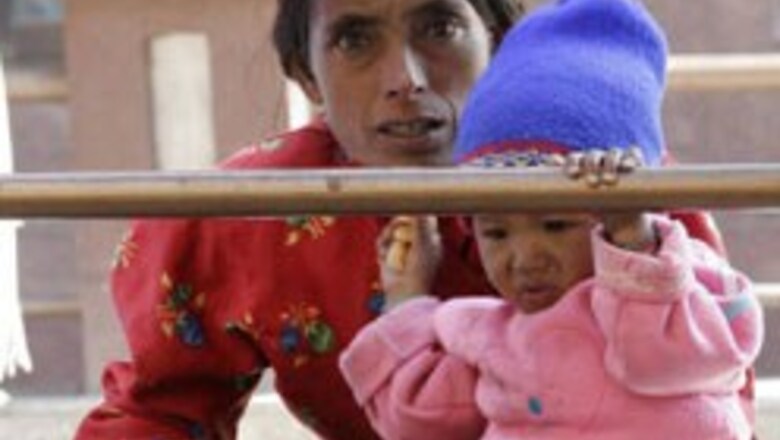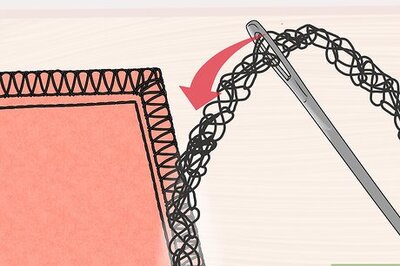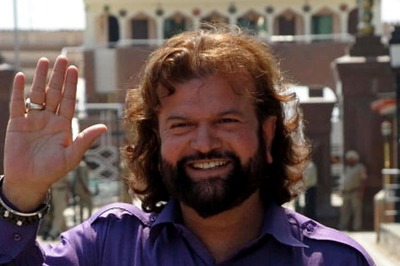
views
Kathmandu: When pregnant Nepali villager Suntali Rai felt pain in her stomach, relatives comforted her and urged patience as she waited for the birth of her second child.
But when Rai, aged 30, began bleeding, they realised she was in labour and struggled in vain for two days to deliver the baby at home in remote Dolakha district before boarding a bus for the 150-km trip to a Kathmandu hospital.
"We managed to save the woman but it was too late for the baby," said Kasturi Malla, who carried out a Caesarian operation on Rai two weeks ago in a country that ranks among the worst places on earth to have a baby.
Every year nearly 6,000 Nepali women and 30,000 children die because of unsafe childbirth and neonatal practices, according to the International Federation of Red Cross and Red Crescent Societies.
"This maternal death toll makes Nepal the deadliest place in the world to give birth, outside Afghanistan and a clutch of countries in sub-Saharan Africa," the group's World Disasters Report, released in Kathmandu on Monday, said.
The report was originally published in Geneva last week.
Desperately poor Nepal has just 1,300 doctors working alongside 90,000 poorly trained health workers in 87 hospitals and less than 1,000 health centres for its 26 million people, official figures show.
Many of the nation's 4,000 villages have no health centre and 90 percent of births take place in homes without the help of skilled nurses, officials say.
Nepali women also face a barrage of social as well as religious hurdles to safe childbirth.
They cannot discuss pregnancy with anyone other than their husband, or seek medical help on their own.
Mothers and newborn babies are considered "unclean" and often forced to live in unhygienic rooms or even cowsheds for the first 11 days after birth.
"This kind of discrimination greatly hampers their chance of survival," report editor Jonathan Walter said.
In addition, poor families cannot afford to pay medical bills: nearly 40 percent of people live on a daily income of less than a dollar.
Annually, this "neglected humanitarian crisis" claimed 25 times more lives than a Maoist rebel insurgency, in which 13,000 people died in 10 years leading up to a ceasefire earlier in April, Walter said.
In 2002, the government legalised abortion in a bid to protect women from untrained practitioners and has been trying to educate people about safe childbirth.
But Indira Basnet, who has worked as a government physician in remote western Nepal, said many families there still consider women economically less productive than cows or buffaloes.
"If a buffalo falls sick the family seeks immediate treatment because it has to spend money to buy a new one if it dies," she said.
"But if a woman falls ill, she is ignored because her family thinks it can get another woman for free."




















Comments
0 comment